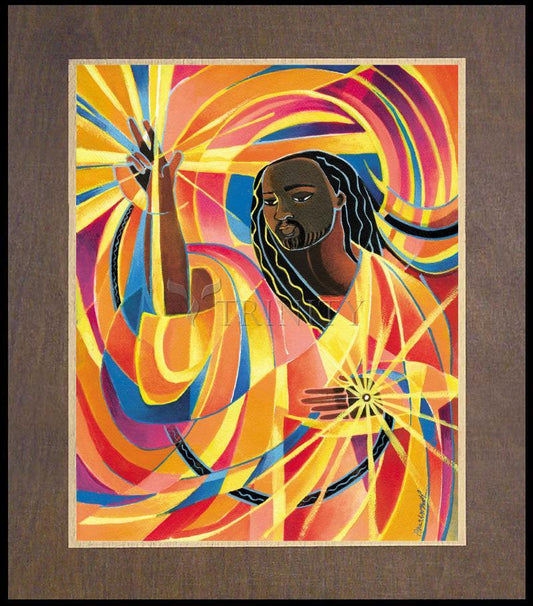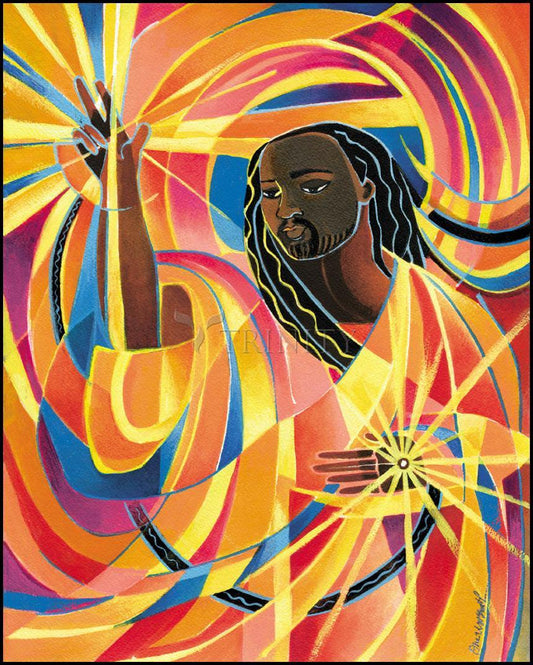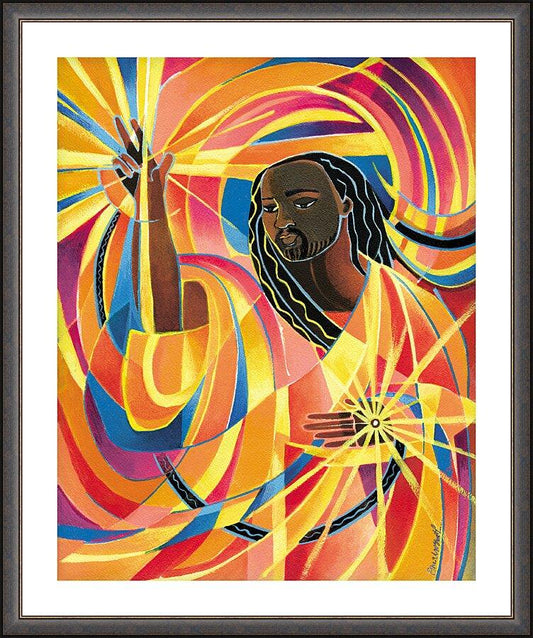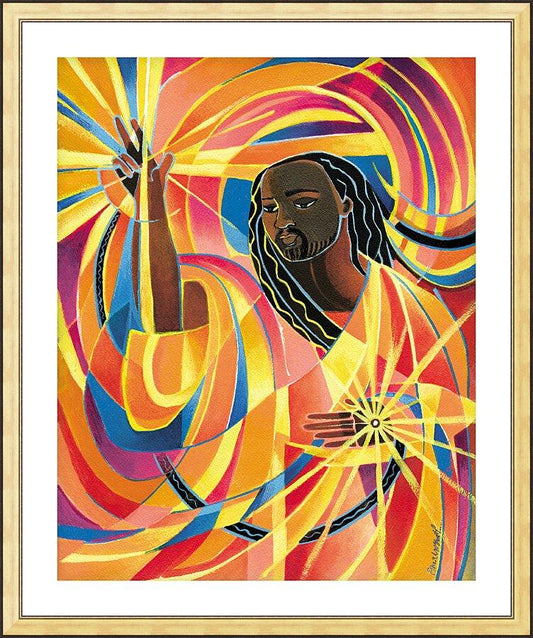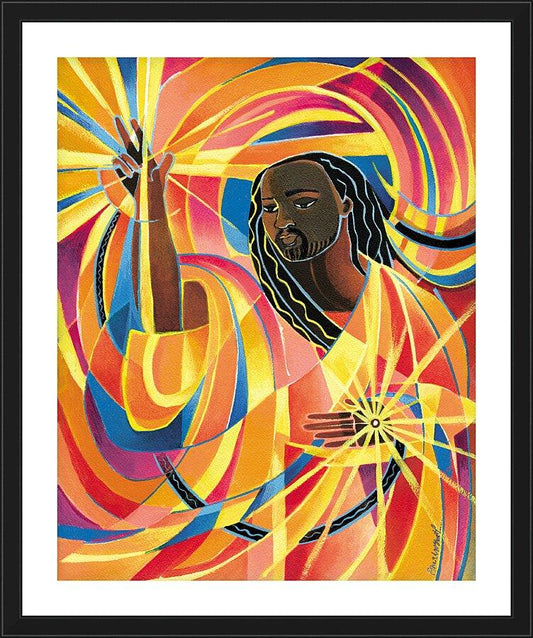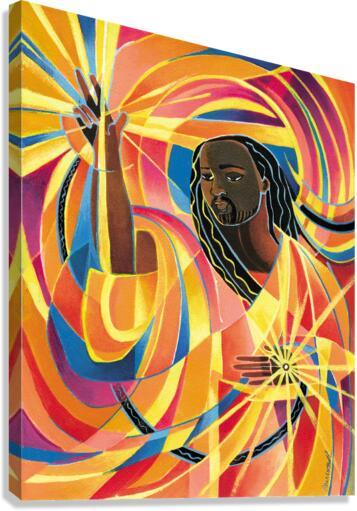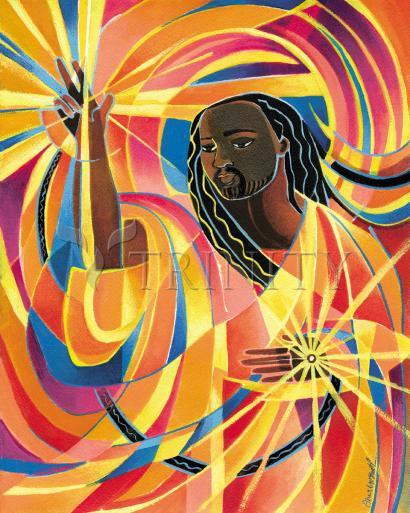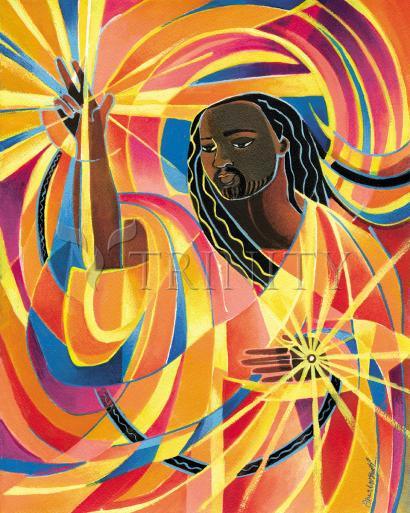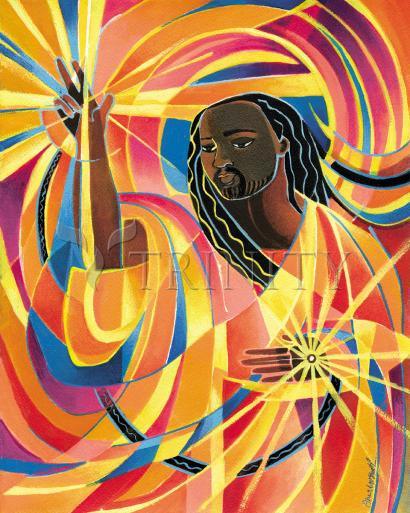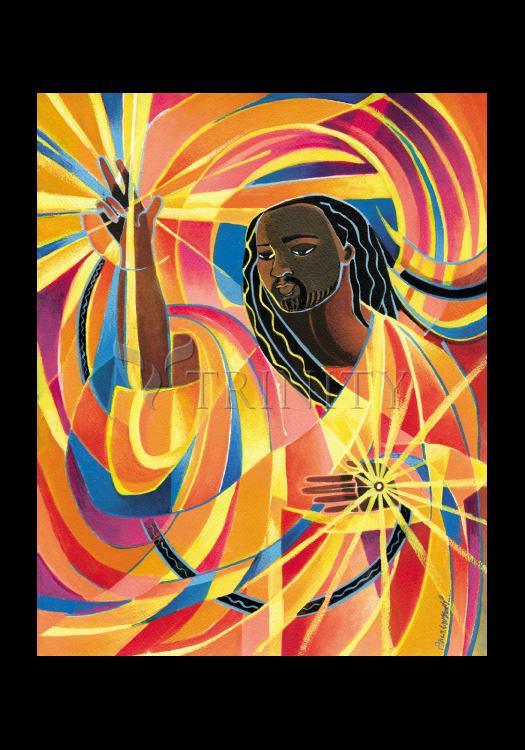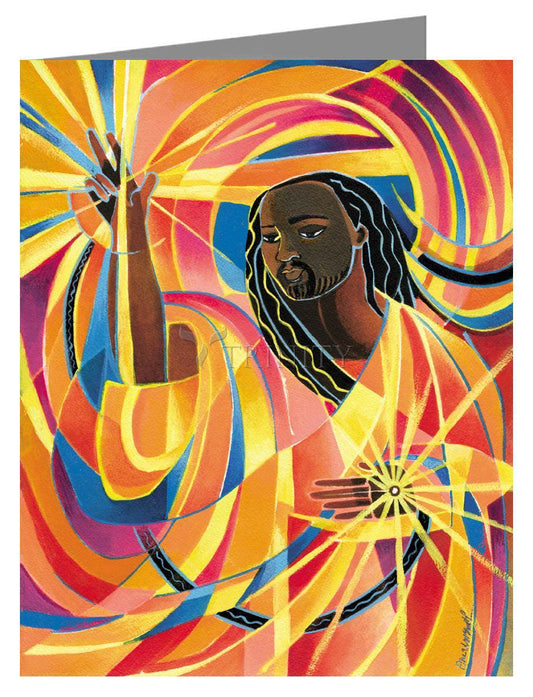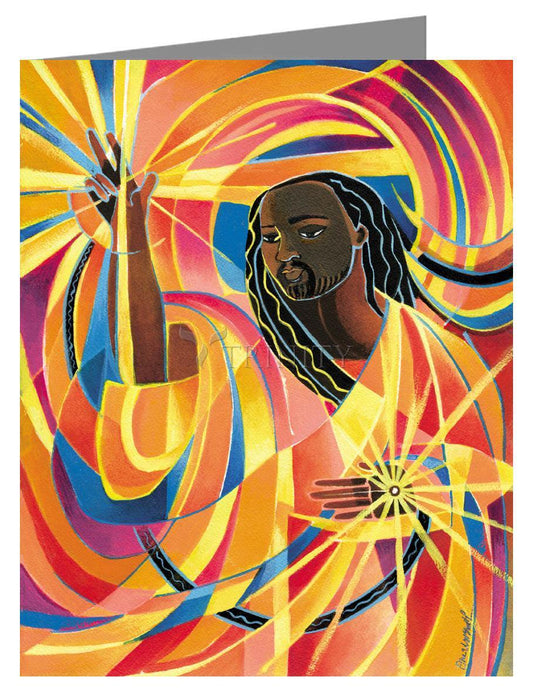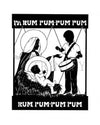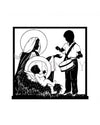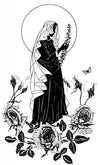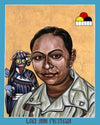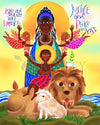Upon his death on March 13, 2004, at the age of 88, Sydney Bertram Carter's obituary in the London Daily Telegraph began with the bold assertion, "Lord of the Dance" was "the most celebrated religious song of the 20th century." This statement deserves further examination.
"Lord of the Dance" (1962) captured the spirit of the 1960s protest movement in the United States. It became a sacred equivalent for songs by Pete Seeger in the late 1950s, including "Where have all the flower's gone" and "To everything turn" (later made even more popular by Peter, Paul, and Mary), as well as Bob Dylan's "Blowin' in the wind" (1962). While the direct " even, for some, sacrilegious " language accompanied by the folk acoustic guitar bordered on heresy for some; for others, these songs were a breath of fresh air. "Lord of the Dance" brought this sound and spirit into the church, especially in services designed to reach young people.
Born in 1915, Carter was educated at Oxford, and he taught high school in the 1940s. Sympathizing with the Quakers, he served in an ambulance unit with the Society of Friends during World War II. Carter began composing songs in the 1950s and 1960s, many of which remain very popular in the schools of Great Britain to this day.
Called a "carol" by Carter, "Lord of the Dance" was not the first song on this theme. "Tomorrow will be my dancing day," a seventeenth-century English carol, provided an obvious model for this famous hymn. An earlier medieval carol also explored the allegory of the dance as a metaphor for humanity's relationship with Christ. Carter adapted a melody from the Shaker dance tune Simple Gifts. The first four stanzas appeared in the Student Christian Congress Hymns (1963), and the five-stanza version in 9 Songs or Ballads (1964). Carter's Green Print for Song (1974) suggests that he wrote the words first and then adapted the tune of Simple Gifts to the text later. Simple Gifts has been identified as a quintessential American folk tune by composer Aaron Copeland (1900-1990), who quoted the tune as the climax of his famous symphonic work Appalachian Spring (1944).
A favorite of youth groups in the 1960s and 1970s, "Lord of the Dance" spread far beyond the Christian community, partially because the song never mentions Jesus or Christ by name. Its most famous use beyond the church is as a "Celtic" dance for Michael Flatley's world-famous show, Lord of the Dance. The origins of the tune are not Celtic, however, but thoroughly American.
Always the iconoclast, Carter's theological perspective may not pass all tests of orthodoxy. The opening lines of this first-person account of Christ's life have been thought by some to "contain a hint of paganism which, mixed with Christianity, makes it attractive to those of ambiguous religious beliefs or none at all." While inspired by the life of Jesus, Carter implied that the Hindu God Shiva as Nataraja (Shiva's dancing pose), a statue that sat on his desk, also played a role in the song's conception. The choice of an adapted Shaker tune for the melody " sometimes called the "shaking Quakers" who were known for their vigorous dancing during their rituals " rounds out the dance theme. Carter acknowledged the theological contradictions, but never attempted to resolve them.



